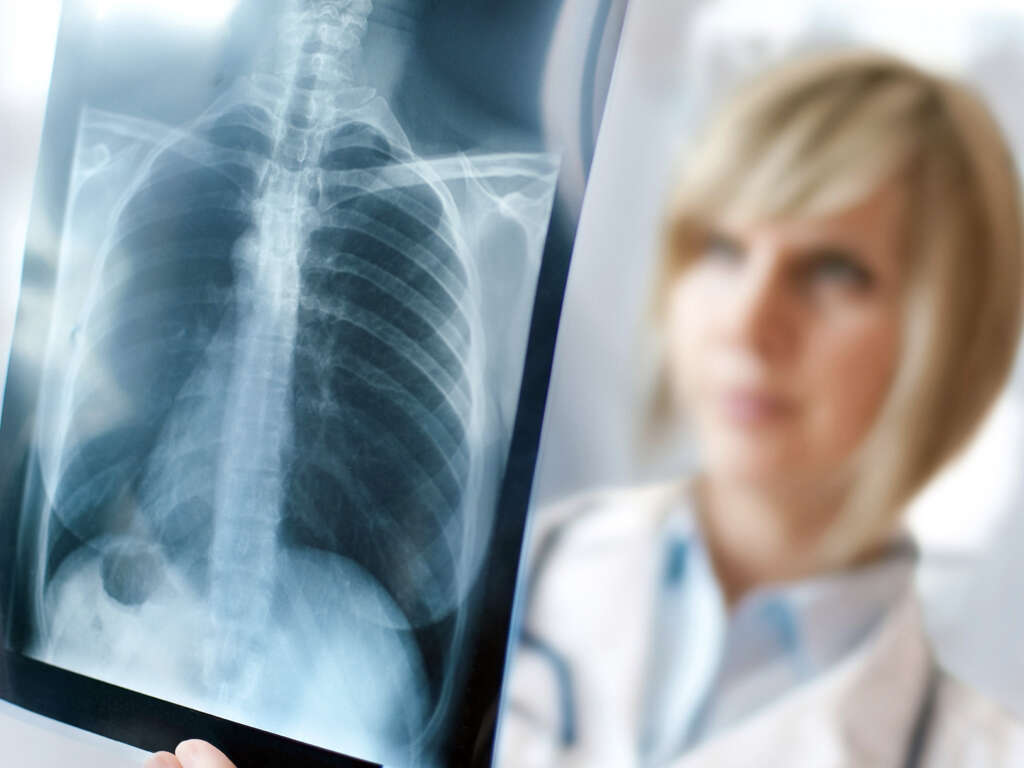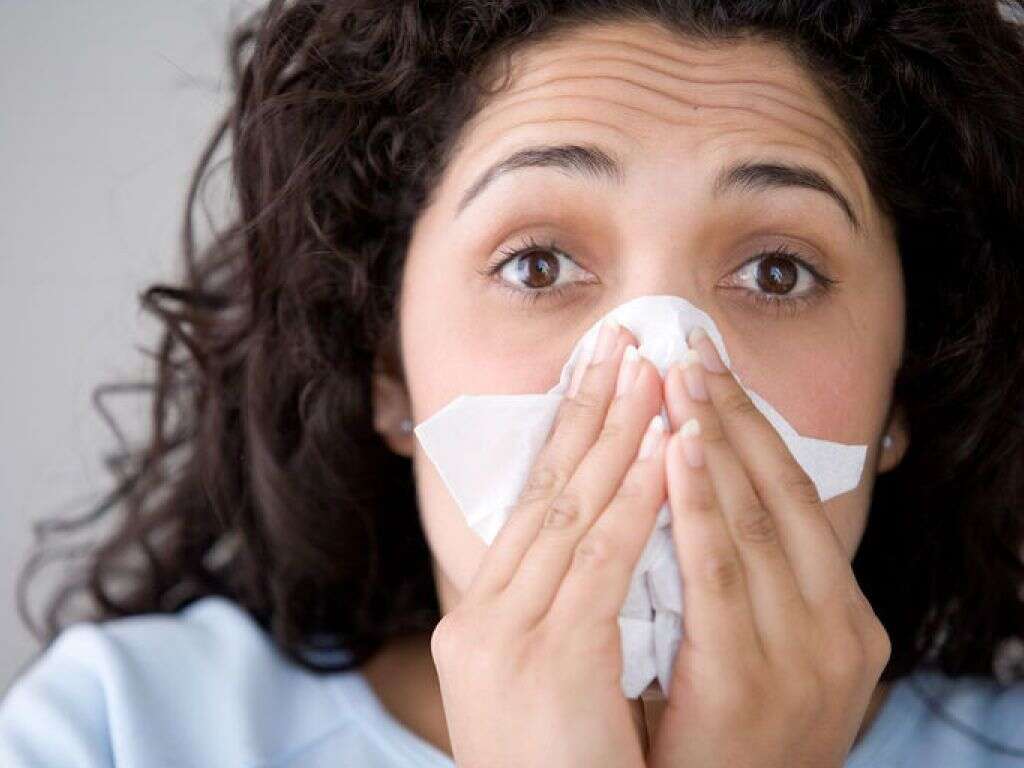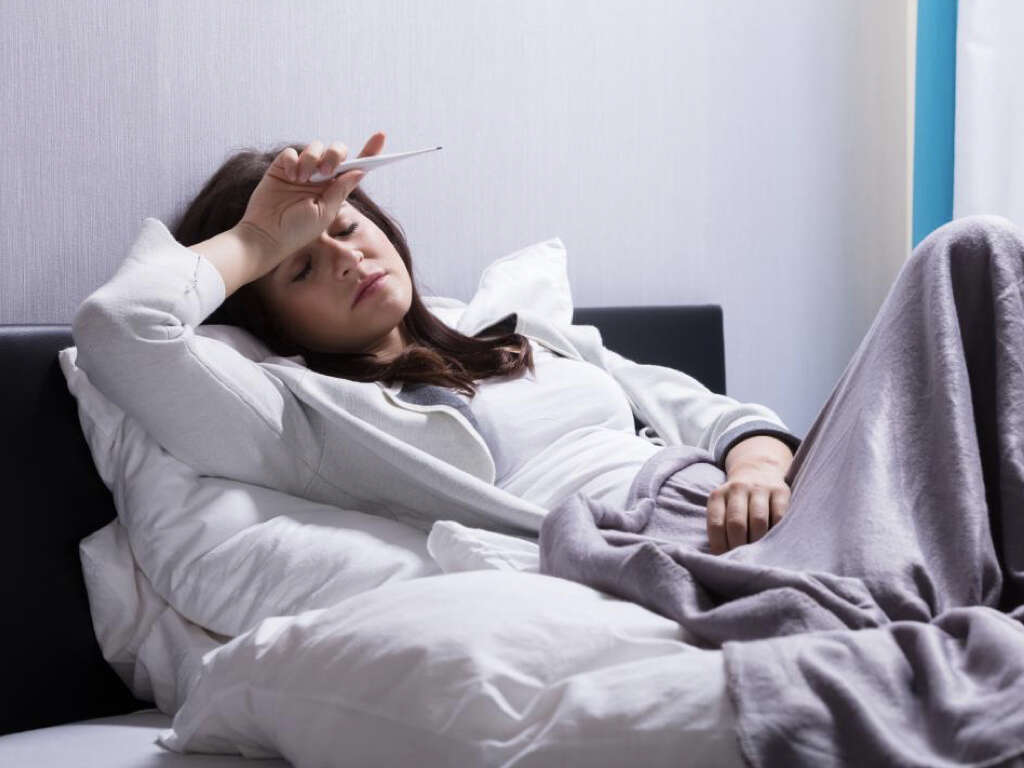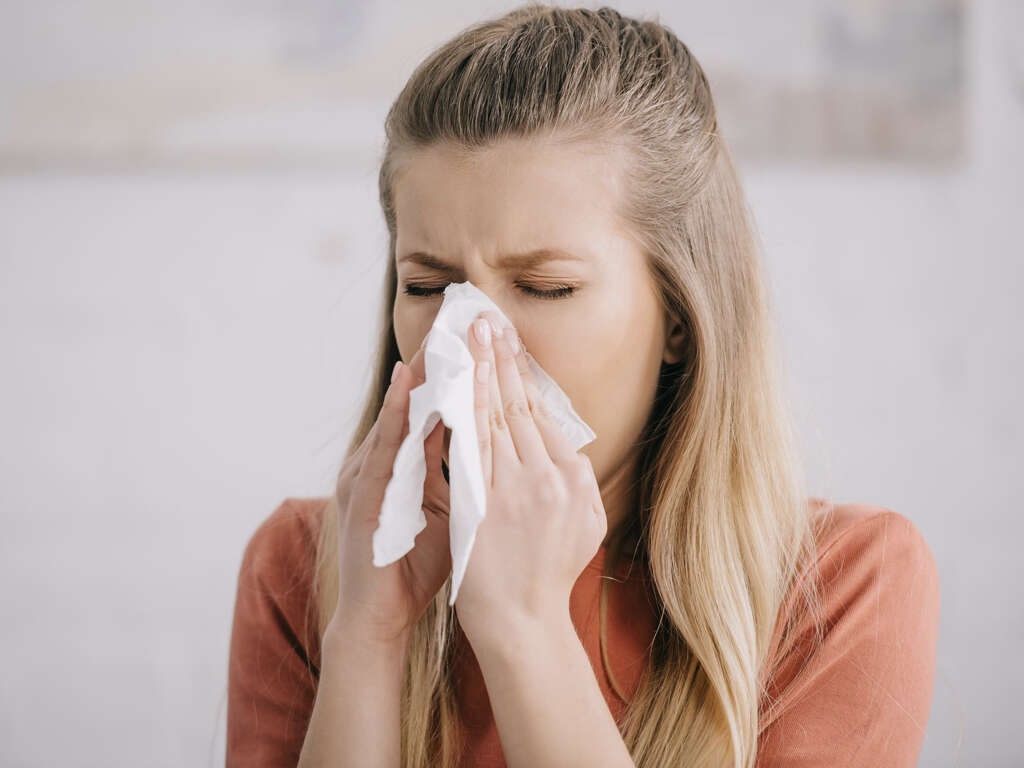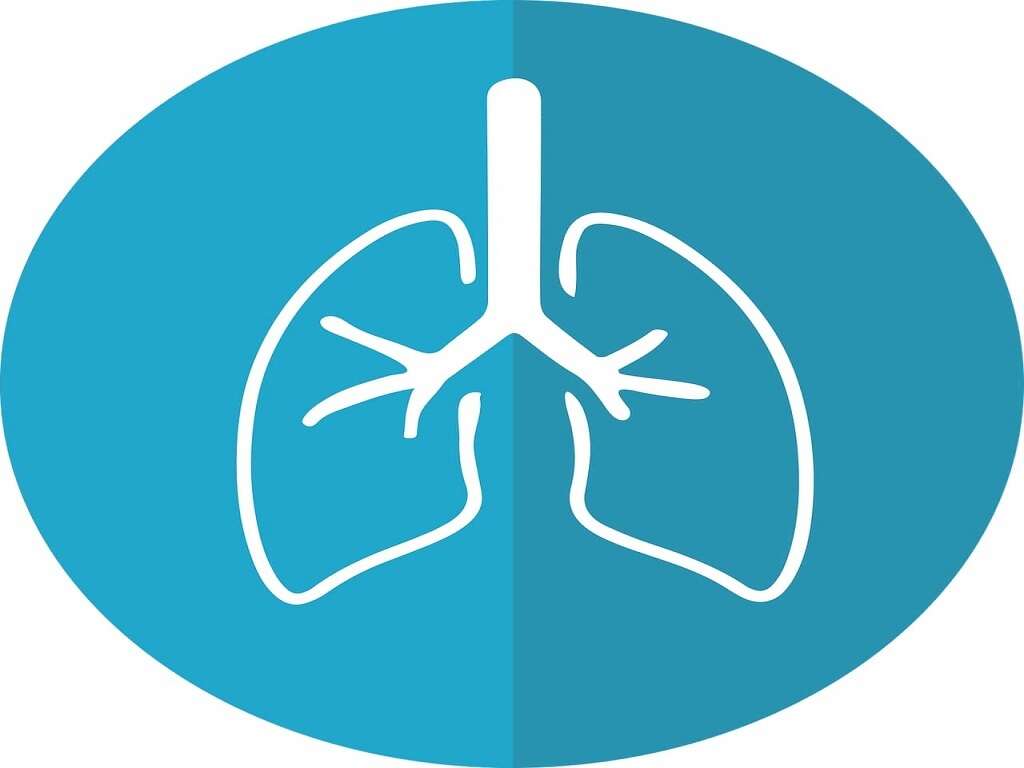What Is Atypical Pneumonia?
Pneumonia is an infection of the respiratory system. There is regular pneumonia and atypical pneumonia, which is also known as walking pneumonia. The two types differ in a number of ways, and one is that symptoms are less severe in atypical.
There are various causes of atypical pneumonia, and some bacteria are involved more often than others. Treatment methods are based on the specific cause. Atypical pneumonia is common, but there are prevention strategies people can follow.

1. How Does Atypical Differ from Typical Pneumonia?
Both types of pneumonia are infections of the lower respiratory system, specifically the lungs, and the infections are caused by pathogens. Because the lungs are affected, fatigue is a common symptom. One of the biggest differences is that atypical pneumonia causes symptoms that differ from regular pneumonia, and these symptoms are usually milder, although more persistent.
Due to the mild severity of symptoms, people with atypical pneumonia often function normally and rarely require aggressive treatment or hospitalization, unlike regular pneumonia. The causes of each pneumonia differ as well, which affects the types of antibiotics prescribed. The most common type of bacteria that triggers typical pneumonia is Streptococcus pneumonia, while there are various pathogens that cause walking pneumonia.

2. What Are Common Causes of Atypical Pneumonia?
There are four main infectious bacteria that cause walking pneumonia. One is Chlamydophila pneumoniae, which is more common in young adults and school-aged children. Mycoplasma pneumoniae is more typical in people under the age of 40. In addition to pneumonia symptoms, this bacterium also causes headaches, earaches and a sore throat.
Legionella pneumophila is a bacterium that causes more severe symptoms. Also known as Legionnaire’s disease, it is more common in people with weakened immune systems, such as those who smoke and older adults. A less common cause, Chlamydophila psittaci, comes from infected poultry and pet birds.

3. What Are the Risk Factors?
No one is immune from contacting walking pneumonia, but there are certain risk factors that increase someone’s chances of getting it. Because it can spread, people who work or reside where an outbreak occurs are at higher risk. These areas include nursing homes, college dorms, schools and hospitals.
However, children younger than two are also at a higher risk. People who smoke and those who have a chronic respiratory condition are more prone to get it, as are those with impaired immune systems.

4. Is Atypical Pneumonia Contagious?
Walking pneumonia is contagious, which is why an outbreak can occur in certain locations or populations. It is spread from one person to another when they are in close contact. The infection is carried by droplets that are spread through sneezing and coughing, and those close enough to inhale them can become infected.
The bacteria also survive for a time on a person’s hands, so infection transfer may occur from touching the mouth. Another reason it is so contagious is that an infected person can spread it even before symptoms begin. A person is contagious from two to four weeks prior to the appearance of symptoms and until the symptoms have disappeared.

5. What Are the Symptoms?
The symptoms of atypical pneumonia often vary based on the infection cause. Symptoms may also come on gradually and worsen over the course of six days. Some common symptoms are flu-like symptoms, such as chills, fever and body aches and a persistent cough. Fatigue is also extremely common.
Additional symptoms include a sore and itchy throat; joint and muscle pain; chest pain, especially with deep breaths; and a constant headache. Some people with walking pneumonia who also have impaired immune systems may have additional health issues, such as ear infections or rashes.
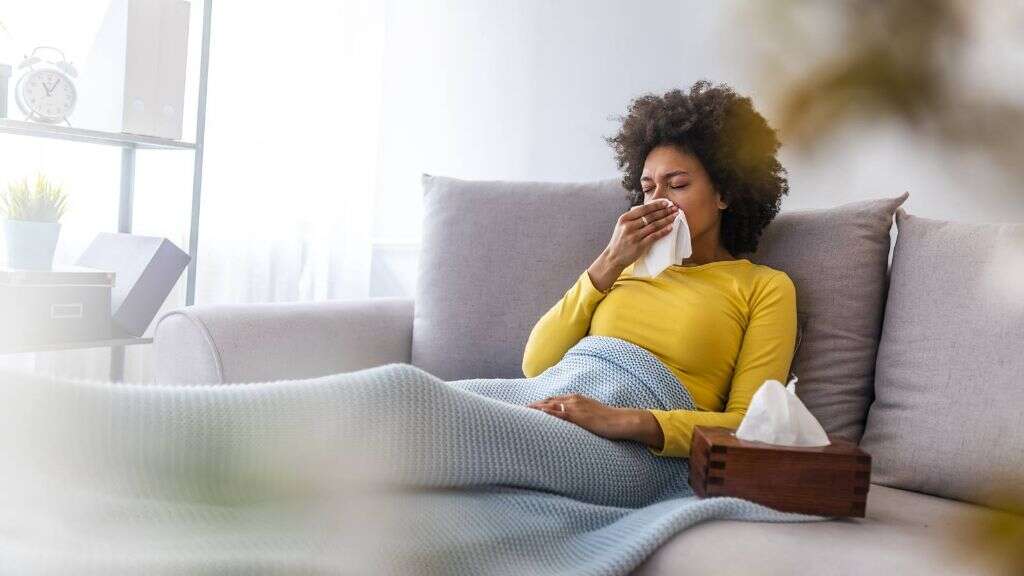
6. How Is It Diagnosed?
Because the symptoms of walking pneumonia mimic other illnesses, the doctor will perform a number of tests to diagnose it. The first step is to take a health history and current health intake, asking about symptoms, timing and possible contact with others who have similar symptoms. The next step is a physical examination.
The doctor will take vitals, such as blood pressure, pulse and temperature, listen to the lungs and measure breathing rate. Blood oxygen levels may also be measured. If warranted, the doctor may order a chest x-ray or blood tests. An X-ray differentiates pneumonia from another condition, and the blood tests determine the type of bacteria involved.

7. How Is Atypical Pneumonia Treated?
If it is determined that it is walking pneumonia, antibiotics are often prescribed. Macrolide antibiotics are commonly prescribed for adults and children. Tetracyclines are also appropriate for older children and adults. As an alternative, fluoroquinolones may be prescribed, although they are not for young children.
Although atypical pneumonia does not usually cause severe symptoms, people with ongoing illnesses or weakened immune systems may require hospitalization. This may also be recommended for those with Legionnaire’s disease, as it is more difficult to keep their levels of oxygen high enough.

8. Can Atypical Pneumonia Be Treated Without Medical Intervention?
It is called walking pneumonia for a reason. Not all people who have it need medical treatment such as antibiotics or hospitalization. As with many medical conditions, getting plenty of rest is imperative. This allows the immune system to focus on healing. To rid the body of the excess phlegm, it helps to drink water and other non-caffeinated fluids like herbal tea and juice.
Some people may choose over-the-counter remedies to help manage symptoms. Nonsteroidal anti-inflammatory drugs (NSAIDS) may be effective in counteracting aches, fever and pain. People should avoid cough-suppressing meds, however, as this prevents the body from getting rid of the extra phlegm in the lungs.

9. Can Walking Pneumonia Be Prevented?
Atypical pneumonia is common, but it is also possible to avoid it. People who have it should stay away from others as much as possible and cover their mouths when they sneeze and cough, as this is how pneumonia is spread in the first place. For those in close contact with someone who has pneumonia, good old-fashioned hand washing can help prevent infection.
In general, boosting the immune system will help the body fight off the bacteria. This includes exercising, eating fruits and vegetables, getting enough vitamin D and quitting smoking.

10. What Is the Prognosis of Atypical Pneumonia?
The symptoms associated with walking pneumonia are less severe than with regular pneumonia, so most people who get infected will get over it fairly easily. For some, it may go away without any medical help. For others, they often begin to feel better after a couple of days of taking antibiotics. The cough may persist, however, for a few weeks.
People who experience more severe infections may require not only antibiotics but also hospitalization. In general, the majority of atypical pneumonia cases are easily treatable.




